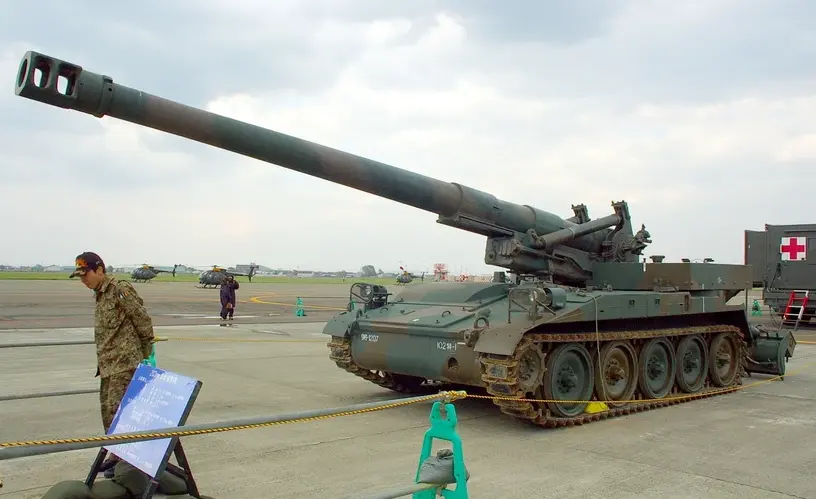Greece plans to transfer 60 howitzers and over 200,000 ammunition to Ukraine

Ukraine will receive 60 M110A2 self-propelled howitzers from Greece
These are 60 M110A2 self-propelled howitzers of 203 mm caliber, about 150 thousand shells for them, and thousands of 70 mm and 127 mm ZUNI type rockets.
The transfer will take place through the Czech Republic based on an intergovernmental agreement.
According to the decision of the Council of Chiefs of General Staff of the country, the aforementioned weapons are classified as "non-operationally necessary" because they do not meet the modern requirements of the Greek armed forces.
The military assets come from the Greek Army and Air Force reserves and will be transferred "as is." The government expects to receive about 199.4 million euros from the deal, which it plans to use for new weapons.
The list of transferred weapons includes:
60 M110A2 howitzers (31.2 million euros);
50 thousand M106 shells (41.5 million euros);
40 thousand M650 HERA shells (60 million euros);
30,000 M404 ICM cluster munitions (33 million euros);
30 thousand M509A1 DPICM cluster munitions (33.6 million euros).
Each M509A1 shell contains 180 anti-armor and anti-personnel submunitions. Although the international Convention on Cluster Munitions prohibits their use, Greece is not a party to it.
The final decision on the transfer must be made by the government's National Security Council, chaired by the Prime Minister.
The M110A2 is an American 203 mm self-propelled howitzer, which is a modernized version of the basic M110 model, adopted for service in the 1960s.
The A2 modification received a longer barrel, which significantly increased its range: it is capable of firing conventional shells at a distance of up to 24 km, and active-reactive shells (HERA) at a distance of up to 29-30 km.
The main advantage of this self-propelled gun is the extremely high power of its 203 mm ammunition (shell weight up to 90.7 kg), which provides significant destruction, although its rate of fire (up to 1 round per minute) is relatively low.










